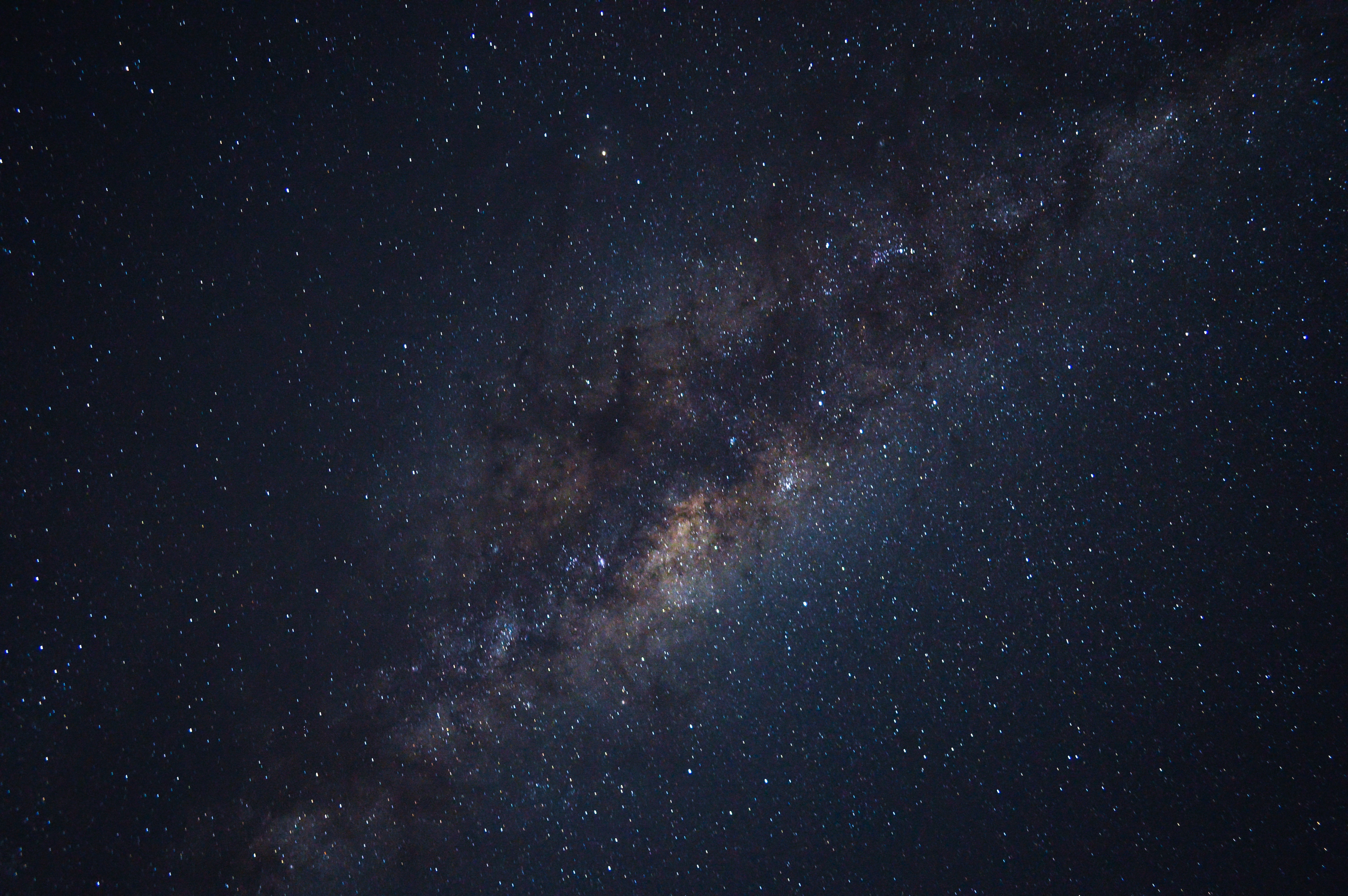Existence Is A Stroke Of Luck

You have likely heard of the birthday paradox — one of the mathematician’s better-known party tricks which highlights the surprisingly significant probability that some pair of people in a room share the same birthday. In particular, it can be shown that in a room of 23, there’s a 50/50 chance that two of those people will have been born on the same day of the year.
Behind the scenes, this “coincidence” is no more than a statistical phenomenon and it follows perfectly logically from the fact that there are only 365 different possible birthdays — which is actually a rather small number in comparison to the number of ways that you can pair up a large roomful of people. In fact, the most interesting consequence of this observation is arguably not anything to do with birthdays but rather that it demonstrates just how rubbish we can be at realising the likelihood of certain events. Some things feel less likely than they actually are, so we are surprised when they do occur.
We can rationalise our way out of quite a lot of coincidences in this way. But bafflingly, our world seems to be the result of a number of coincidences that occur on increasingly deep and fundamental levels. And as the odds become slimmer that it’s all due to chance, it simultaneously becomes harder to find a reasonable and logical explanation.
On the scale of our everyday activities
The coincidences we encounter in our everyday lives don’t tend to trigger dangerous levels of existential doubt, fortunately. Examples include, but are definitely not limited to:
- the curious fact that you can connect yourself to practically anyone else in the world through a chain of six or fewer acquaintances;
- “prophetic dreams” that come true at some later point; and
- accidentally stumbling into someone you know halfway across the world.
Most of these a priori unlikely occurrences can be convincingly explained and usually within the space of a 20-minute YouTube video. The famous “six degrees of separation” is a fascinating consequence of the way in which we are socially connected. A certain number of people’s dreams are bound to come true because humanity collectively has 30 billion dreams every night. And there is an extremely large number of situations in which you could potentially meet someone you know in an unlikely place — but you don’t pay any attention to all of these “near-misses” or failures.

On the scale of humans as a whole
But if you start stepping back to take a wider view of what happens in the world, things start to get a bit weird.
- The oddly convenient characteristics of water: water has all kinds of favourable properties. For instance, most materials are more dense as solids than they are as liquids — but not water. When water freezes into ice, it gets less dense and will float. For the same reason, lakes freeze from the top down, which turns out to be terribly important for the development of aquatic life.
- Habitability of Earth: the Earth actually has very little reason to be habitable. It’s at just the right temperature for water to exist as a solid, liquid and as a gas — and each form plays an important role in our environment. We have just the right amount of atmosphere to protect us from scorching solar radiation without causing an uncontrollable and suffocating runaway greenhouse effect. And our planet has a moon, an orbit and a tilt relative to the Sun that all regulate and stabilise our seasons and weather.
At this point our maths begins to let us down when it comes to explaining why things should be the way they are. But luckily, we have another stick with which we can beat back the incomprehensible unlikeliness of the world: the anthropic principle.
The anthropic principle is a rather clever way of sidestepping the obligation to explain how things came to be the way they are. It states that because we exist, the world must have arranged itself in a way that allows us to exist, however unlikely. Put another way, if things were different (eg if ice sank or if the moon was square) then there wouldn’t be anyone around to take any notice.
If this feels like cheating or a kind of cop out, then you would be right because the underpinning logic is a more than slightly circular. But perhaps if the universe was very large and if there were enough Earth-like planets that could potentially harbour life, then we can reason with this problem like we did with those everyday coincidences we talked about before. That is to say, we saw that if there are enough opportunities for something to happen, then even seemingly unlikely events — whether it’s a dream coming true or the appearance of life as we know it — can become possible (and even likely).
But we shouldn’t pat ourselves on the back yet for another mystery solved — after all, we’ve not even mentioned some of the strangest peculiarities and improbabilities that this existence of ours has to offer.

On the scale of the universe
As they studied the nature of our universe, cosmologists found several more coincidences. Notably, several key conditions that our universe just so happens to satisfy and several physical parameters that seem to have been chosen in just such a way to allow structures to form — from the simplest of atoms to the most complex of galaxy clusters.
Relative abundance of nucleons: the ratio of neutrons to protons that were created in the early universe is high enough to allow the formation of heavier elements (like the carbon we are all made of) while also being low enough for hydrogen gas to still be abundant (ie the raw material that coalesces to form stars — which are, as a result, relatively common).
- Strengths of electromagnetic and gravitational forces: the electromagnetic force between a proton and an electron 1 metre apart from each other is 10,000,000,000,000,000,000,000,000,000,000,000,000,000 times stronger than the gravitational force between them. And yet, if their relative strengths were any different from this peculiar value, then it’s not clear whether stars and planets would be able to behave in the way that has allowed us to pop into existence.
Just the right amount of disorder: according to the theory of the Big Bang, there needs to be very slight fluctuations and perturbations in the state of the early universe so that matter is later able to clump together into stars and galaxies instead of staying as one big, uniform and homogeneous soup. While quantum mechanics does allow these fluctuations to happen spontaneously, there is no obvious reason why they should be just so to ensure that stars with stable planetary systems could exist.
It’s not really clear how much room we have to manoeuvre here. Before, we used the anthropic principle to explain the coincidences leading to the appearance of life on Earth by appealing to the vast number of candidate planets. Using the same strategy here, do we need to accept the notion of a vast number of candidate universes too?

What does it all mean?
The bottom line is that a lot of weird and apparently improbable stuff has happened for us to exist. Proof of intelligent design, prevailing order and of an eternal providence? A justification of the multiverse, where ours is just one possible universe alongside an infinity of other arrangements? Has evolution, in optimising us for survival on Earth and not for the comprehension of universal mysteries, equipped us with the wrong way of thinking to ever completely understand the world?
Or I suppose it could all just be a coincidence.
More info and credits
Andrew Hetherington is an actuary-in-training based in London, UK.
Photos by dylan nolte, Cristina Gottardi, NASA and Max McKinnon on Unsplash.